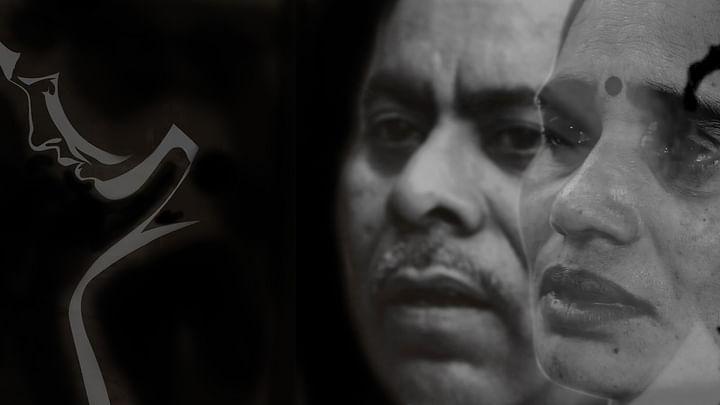A set of recent incidents involving gruesome rapes of women across the country has yet again raised several questions about Indian society and judiciary. We at The Quint believe that a rape survivor’s life doesn’t end when she is raped. And that even if our institutions - law, the judiciary, the hospitals - are failing a rape survivor, we as a society need to step up. And keep the fight going. We are publishing this article originally published on 28 December 2015 from The Quint’s archives as part of our #KeepFighting campaign.
The night of 16 December 2012, anchored the beginning of a movement that changed the way sexual offences are viewed in India.
The brutal gangrape of Jyoti Singh led to widespread calls across India for sweeping changes in the way we treat sex crimes. Jyoti succumbed to her injuries in a Singapore hospital on 29 December 2012.
Three years after the incident that shook the roots of criminal law in our country, the concept of Nirbhaya (fearlessness) seems lost amid the ever growing evil of sexual crime.
The Quint brings you an overview of the events that unfolded and the fire that was ignited in the country.
Click on the arrows for navigation. Best viewed on a large screen.
(At The Quint, we are answerable only to our audience. Play an active role in shaping our journalism by becoming a member. Because the truth is worth it.)
